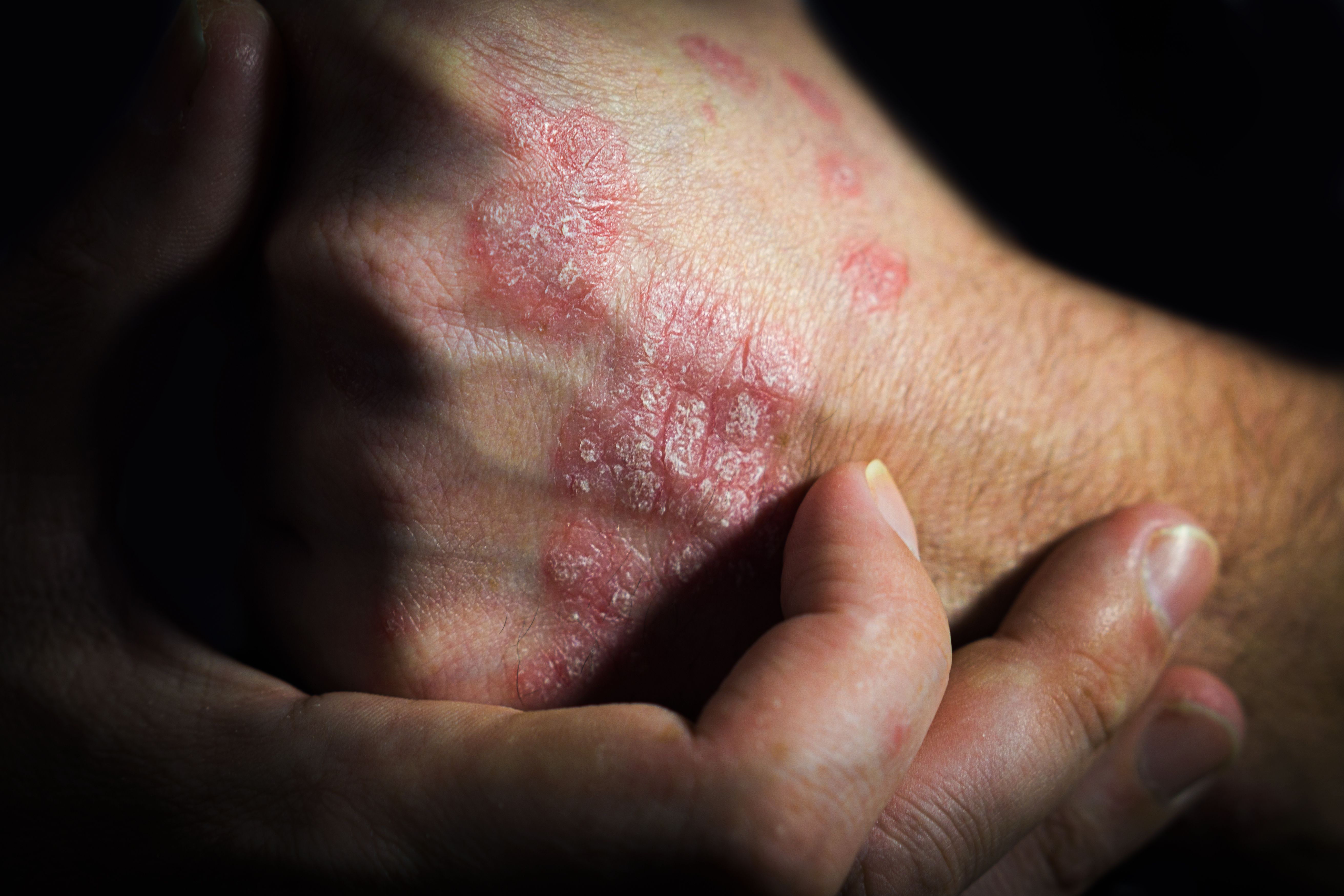- Case-Based Roundtable
- General Dermatology
- Eczema
- Chronic Hand Eczema
- Alopecia
- Aesthetics
- Vitiligo
- COVID-19
- Actinic Keratosis
- Precision Medicine and Biologics
- Rare Disease
- Wound Care
- Rosacea
- Psoriasis
- Psoriatic Arthritis
- Atopic Dermatitis
- Melasma
- NP and PA
- Skin Cancer
- Hidradenitis Suppurativa
- Drug Watch
- Pigmentary Disorders
- Acne
- Pediatric Dermatology
- Practice Management
- Prurigo Nodularis
- Buy-and-Bill
Article
Examining Cells in Inflammatory Skin Disease
Author(s):
A recent study dove into how precision medicine can be used to better target inflammatory skin disease and provide physicians with better treatment regimens.
There are a multitude of skin diseases and a large portion of them are caused by inflammation. What causes inflammation and how can treatments be better targeted to fight specific causes of dysregulation in the body? A study in the Science Immunology journal aimed to answer this question.
Single-cell ribonucleic acid sequencing (scRNA-seq), according to the researchers, has helped increase the precision for investigators to look at the details of the complex mixture of the immune and stromal cell role in inflammatory skin diseases. The researchers used a single-cell-profiled CD45+ immune cell which was discovered from transcriptomes from skin samples of 31 patients (7 atopic dermatitis (AD), 8 psoriasis, 2 lichen planus (LP), 1 bullous pemphigoid (BP), 6 clinical/histopathologically indeterminate rashes, and 7 healthy controls.)
The researchers found that the active rapid expansion of the Treg and Trm components and universal T cell exhaustion in rashes, with a reduction of antigen-presenting cells, the article explained. It was discovered that the T cells with the skin-resident memory had the largest amount of transcriptional dysregulation in both AD and psoriasis. Beyond that, AD also demonstrated recurrent abnormalities in interleukin (IL)-C and CD8+ cytotoxic lymphocytes.
The key differentiators in the transcript signatures from the different skin conditions included genes previously implicated in T helper cell (TH2)/TH17 diatheses, according to the investigators, and were segregated in unbiased functional networks, and accurately identified disease class in untrained validation data sets. Once identified, the gene signatures classified hard to identify skin rashes which then led to diagnoses consistent with therapeutic response.
“Thus, we have defined major classes of human inflammatory skin disease at the molecular level and described a quantitative method to classify indeterminate instances of pathologic inflammation,” the investigators said.
The researchers concluded that they created a proof-of-principle web interface called RashX to bring this data to physicians and investigators to help can visualize patient-level rash scRNA-seq-derived data in the context of TH2/TH17.
Reference
Liu Y, Wang H, Taylor M, et al. Classification of human chronic inflammatory skin disease based on single-cell immune profiling. Sci Immunol. 2022;7(70):eabl9165. doi:10.1126/sciimmunol.abl9165






